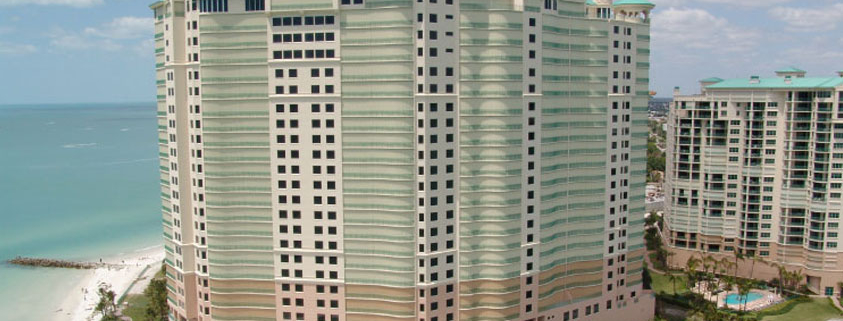What you need to know on tree law
With all of the fallen and leaning trees resulting from Hurricane Irma, a question keeps coming up again and again. My neighbor’s tree limbs are hanging over my property or have fallen onto my property. Can I make the neighbor cut the tree down, cut it up and clean the tree debris off my property? Well usually the answer is no unless the tree is in danger of falling over into your yard.
When it comes to a tree, whose trunk is on a neighbor’s property but whose branches reach over the property line onto your property, the law says you can cut back the branches over your property line as long as you don’t kill the tree in doing so.
There are also county codes as to correct tree trimming methods you must follow to avoid fines. It is best to check with the county before you cut down a tree because many times you will need county permission and the governmental body may require that you plant a replacement tree.
However, if your neighbor’s tree has been compromised from a storm and your neighbor has not staked the tree back up so the tree is in danger of falling onto your property wherein it could damage your property, you may be able to persuade your neighbor to either stabilize the tree or take it down because it is endangering your property for which the neighbor could be liable if the tree falls and damages your property.
Now, if the storm knocked over your neighbor’s tree onto the ground and put lots of branches and even part of the tree trunk on your property, for some reason many homeowners believe that they can force their neighbor to remove “their neighbor’s” tree off your land. This is usually not the case.
You will be responsible for removing all that portion of the tree on your property and your neighbor will have to remove the rest of the tree lying on his property. The neighbor will not be responsible for any tree damage caused to your property as a result of it falling from the storm. A caveat would be if the tree was in ill health or dead before the storm and your neighbor should have removed it when it became unhealthy. You could then argue that the neighbor was negligent in not removing the tree or treating it once it become seriously ill.
The same goes for tree roots of a neighbor’s property, or of a homeowners’ association’s (HOA) common areas growing onto your lot. Many times the roots may uplift your driveway or buckle your pavers. You have the right to cut the roots at your property line, and put in a root barrier to prevent further growth onto your property as long as your cutting does not kill the tree. Otherwise, you will need your neighbor or HOA’s consent to cut up the tree.
We have seen the tree root invasion problem come up in many newer communities because the developer planted the trees (usually oaks) too close to the driveways, sidewalks and roadways. Rather than looking at handling just one tree root problem, these communities are having to deal with hundreds of trees that were planted in bad locations.
For most of these communities, they would rather just remove the trees rather than install root barriers. Usually, if there is sufficient other tree counts in the neighborhood, the county may allow the removal of the ones that are causing problems because of their root growth.
If not, the county may require the planting of sufficient replacement trees. It is important to determine if these trees are in the roadway right of way, easement areas in front of your lot or on your lot to determine who needs to consent for their removal.
If the trunks are located in the roadway right of way or front lot easement areas, they are usually the responsibility of the association to maintain but they sometimes can be the homeowner’s responsibility. However, if the trunks are located on the owner’s lots, the lot owner is usually the responsible party to maintain unless the association maintains the landscaping on all the lots.
Therefore, it is important to determine who is supposed to be maintaining the trees in question before going forth with a removal project. Determining who is responsible for maintaining the health of the trees (trimming, fertilizing etc.) as well as protecting surrounding property from tree root growth can sometime be difficult to ascertain. Usually a thorough review of the association’s governing documents as well as recorded neighborhood plats is required to make sure the tree related responsibilities are put with the correct party; the HOA or the homeowner.

